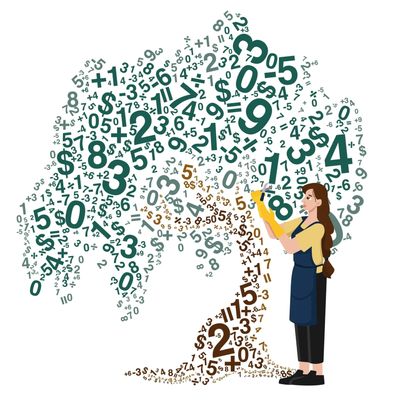Pruning Your Account Tree Forest
July 7, 2023
Are you wondering what lurks inside all those custom account trees that created over the years? Do you really need a special tree for every property, every partner, or every user? Are you possibly mis-reporting your financials because your trees are out of date and out of sync with the latest changes to our chart of accounts? If these questions are painfully close to home for you and your company, then you need to take back control of that account tree forest. It’s time to get a plan together and start pruning.
The Case for Custom Account Trees
Many property accounting systems such as Yardi, provide opportunities to create unlimited customizable account trees that give you the flexibility to create special groupings and rollups of accounts in addition to those that come with the core product. Some of the advantages of custom account trees are:
• Custom consolidation of similar detailed accounts into standardized groupings
• Ability to show grouping that include accounts that may not usually be grouped together
• Specific presentation of financials for different consumers such as investors, banks, etc.
Too much of a good thing
For all the flexibility and convenience that custom account trees bring, they can also turn into an administrative nightmare when too many trees are created without control over the standardization of their use. Some negative side effects of custom account tree overuse are:
• Lack of consistency and standardization
• Loss of productivity. Maintaining dozens or even hundreds of account trees can be a full time job.
• Mask the misuse of GL Accounts
• Risk Chart of Account creep when too many accounts are created for effectively the same purpose.
Let the pruning begin
What can you do if you find that your account trees have become a forest growing out of control? Start pruning, of course. But, before you start cutting trees, you need to do a fair amount of analysis and create a solid roadmap that takes you from where you are to where you want to be.
One of the biggest challenges you will face is that many custom account trees and bad accounting practices have made their way into your closing processes, your reporting packages, your investor summaries, and even your daily meetings. So, it is rarely an option to just delete the extra account trees and go forward with a smaller set. Normally, you must do the following steps:
Step 1: Perform a thorough analysis
Step 2: Clean up your chart of accounts
Step 3: Create standardized account trees
How can we help?
At D2D Consulting, we've developed tools to assist your accounting team in their quest to consolidate and standardize your account trees to a more manageable and efficient set. Using our Account Tree Analyzer, we can help you see every tree and every difference as well as a summary of the “sameness” score between every set of trees. Additionally, you will be able to figure out exactly what accounts are used in every tree including:
• Where each account is used
• What the gross value assigned to that account is over the last year or several years
• What the various names are associated with each account in your custom trees
• What the different categories that each account rolls up into across your trees
• Determine how your trees differ or how are they the same

This website uses cookies.
We use cookies to analyze website traffic and optimize your website experience. By accepting our use of cookies, your data will be aggregated with all other user data.